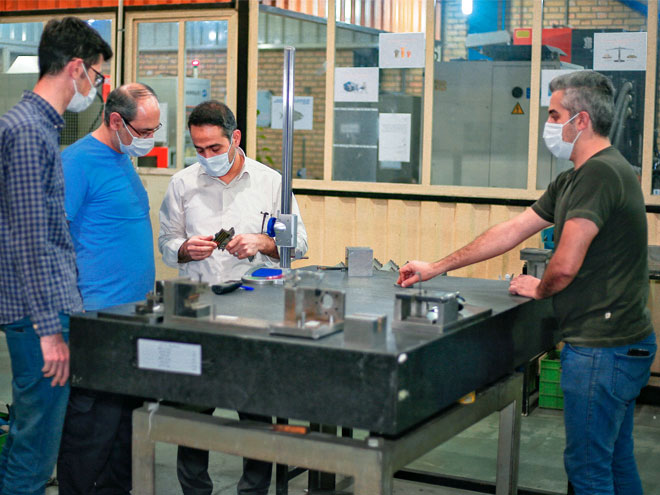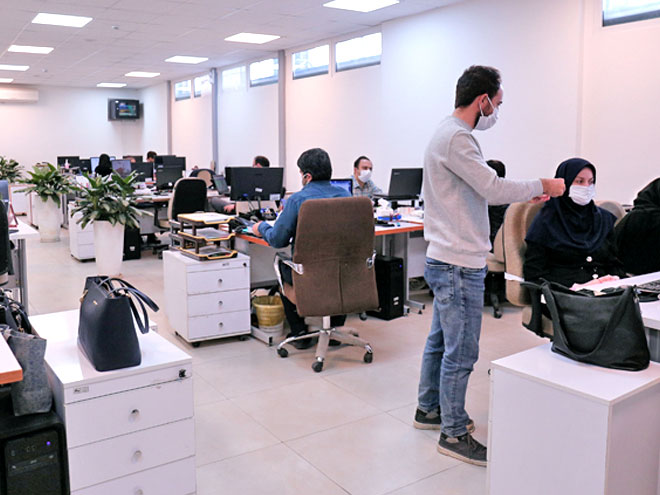Features
R&D, Key to Serve MAPNA Group’s Technological Aspirations
With almost three decades of active presence in the power industry, MAPNA Group has been looking for new ways to realize its developmental aspirations and stay ahead of competitors in the fast-moving market.
Amid a growing gap in performance between those that innovate successfully and those that do not, MAPNA has cast a special focus on Research and Development (R&D) to serve as its innovation engine and yield the critical technology from which it can develop new products, services, and business models.
Since its launch in the early 2000s, MAPNA Group’s R&D Department has been in charge of looking into the lesser known areas to find the right ingredients for the Group’s strategy to reach its outlook, including the country’s industrial growth.
The technological R&D activities of MAPNA can be divided into three periods: The Group’s initial focus was on power plant construction programs, which had previously been handled by international contractors. Successful implementation of major projects, such as building power plants, primarily needs gathering management expertise.
During the second period, MAPNA successfully began licensed manufacturing of power plant equipment and engaged in major oil, gas and rail transportation projects; however, the quest did not end there. During the third period, the Group geared up R&D in technological innovation, independently embarking on building domestic power plant equipment. Thus, R&D has garnered much more attention in MAPNA during third decade in order to realize the Group’s goals in the ever-changing market.
The research activities in MAPNA Group are based on knowledge management, process design, problem identification and prioritization, laboratory infrastructure development, expert hiring, and supply chain provision in various fields.
MAPNA’s homegrown MGT-75 and MGT-70 (3) gas turbines are the fruits of the Group’s new approach to R&D and modern technology adventures; these products are comparable to international models in terms of quality and are considered a turning point in independent design and manufacture of gas turbines that can help the country’s power plant sector evolve significantly.


The research and development activities of MAPNA are not limited to the energy industry; they also include oil and gas, rail transportation, electrification, healthcare, and water sectors. The production of mobile industrial desalination devices is one MAPNA Group’s most important achievements that follow robust research and development; this capability reveals MAPNA’s role as a problem solver, which is seeking new ways to address many issues, such as water scarcity in the country. The mobile desalination devices are equipped with latest domestic technologies and can be transported and mounted in any desired place, with the aim of promoting life quality in water-stressed regions.
After years of technical research in emerging businesses, the Group has entered a new field: Automotive Electrification. The move is mainly intended to cut fossil fuel consumption and curb air pollution. The development of electric compressors for oil and gas transmission lines and the construction of signaling equipment for subway lines are other measures resulting from MAPNA’s technological research activities with environmental concerns.
Research makes development possible. That said, MAPNA has always prioritized collaboration with universities and knowledge-based businesses. Young experts have made significant contributions to the Group’s growth in the past three decades. MAPNA regards academia as a rich source of ideas for its innovation ecosystem, through which it can choose and refine the technologies employed in a new product, process, or service.
MAPNA’s R&D strategy is focused on a global outlook as the company plans to compete with the international industrial heavyweights in the years to come. MAPNA Group’s key goal is to grow domestic production, employ leading experts and acquire up-to-date expertise to push with the country’s industrial growth as well as boost exports.
The Group is moving from technology management to innovation management, and the first step to achieve such a goal is being taken via research and development (R&D).